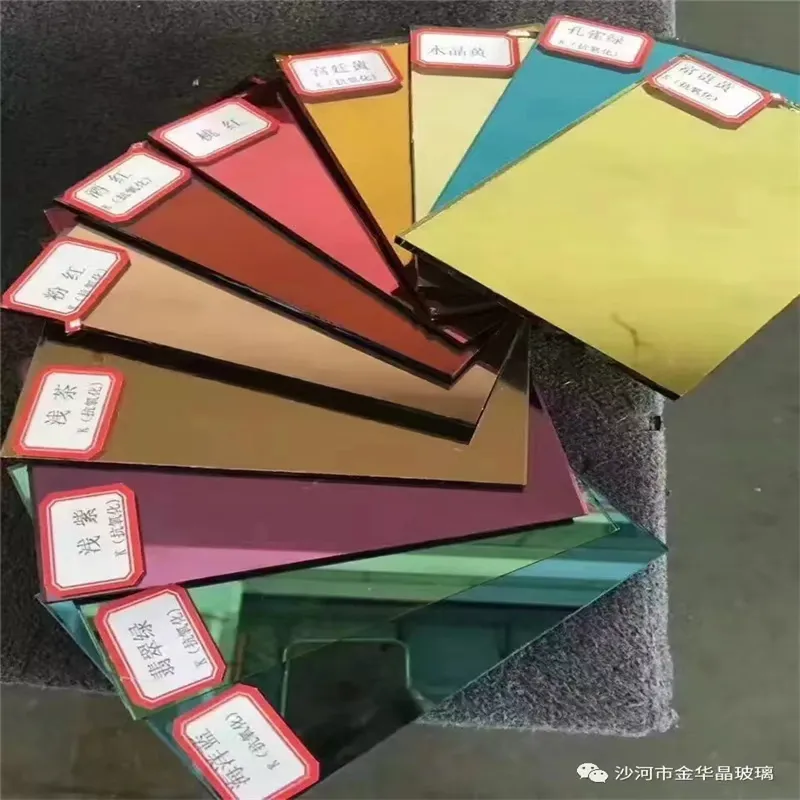Nov . 16, 2024 20:15 Back to list
Understanding the Process and Techniques of Cutting Float Glass Efficiently
Cutting float glass is a crucial process in the glass manufacturing industry, as it allows for the production of precise glass shapes and sizes that meet various architectural and functional requirements. Float glass, known for its exceptional clarity and uniform thickness, is produced by floating molten glass on top of molten tin. This unique manufacturing process results in a smooth, flat surface that is ideal for windows, mirrors, and many other applications.
The cutting of float glass involves several steps that require both skill and precision. Initially, sheets of float glass are produced in large sizes, typically measuring up to 3.2 meters wide and 6 meters long. Once the glass has cooled and hardened, it is transported to the cutting area where the actual cutting process begins.
Before cutting, operators assess the specific requirements of the project. This includes determining the necessary dimensions and shapes of glass pieces. Modern glass cutting facilities often use computer numerical control (CNC) machines, which ensure high precision and efficiency in cutting. These machines can be programmed to create intricate designs and shapes, allowing for a wide range of applications, from simple window panes to complex architectural features.
cutting float glass

The cutting process starts with scoring the glass surface using a diamond-tipped cutter. This creates a weak line along which the glass will break. Once the score line is created, operators apply pressure to the glass, causing it to break cleanly along the designated line. This method ensures minimal waste and maximizes the yield from each glass sheet.
After cutting, the edges of the glass pieces are usually treated to remove any sharpness and ensure safety. This is often done through a process called edging, where the edges are polished or beveled to create a smooth finish. The finished glass pieces are then inspected for quality, ensuring that they meet the required standards before being packaged and shipped to customers.
In conclusion, cutting float glass is an essential process that combines traditional craftsmanship with modern technology. It plays a vital role in various industries, providing high-quality glass products that are both functional and aesthetically pleasing. As technology continues to advance, the process of cutting float glass is likely to become even more efficient and precise, meeting the ever-growing demands of the market.
-
Safety and Style with Premium Laminated Glass Solutions
NewsJun.24,2025
-
Reinvents Security with Premium Wired Glass
NewsJun.24,2025
-
Premium Float Glass Line for Modern Architecture
NewsJun.24,2025
-
Low Emissivity Glass for Energy-Efficient Architecture
NewsJun.24,2025
-
High-Performance Insulated Glass Solutions for Modern Architecture
NewsJun.24,2025
-
Elevates Interior Style with Premium Silver Mirror
NewsJun.24,2025
Related PRODUCTS














